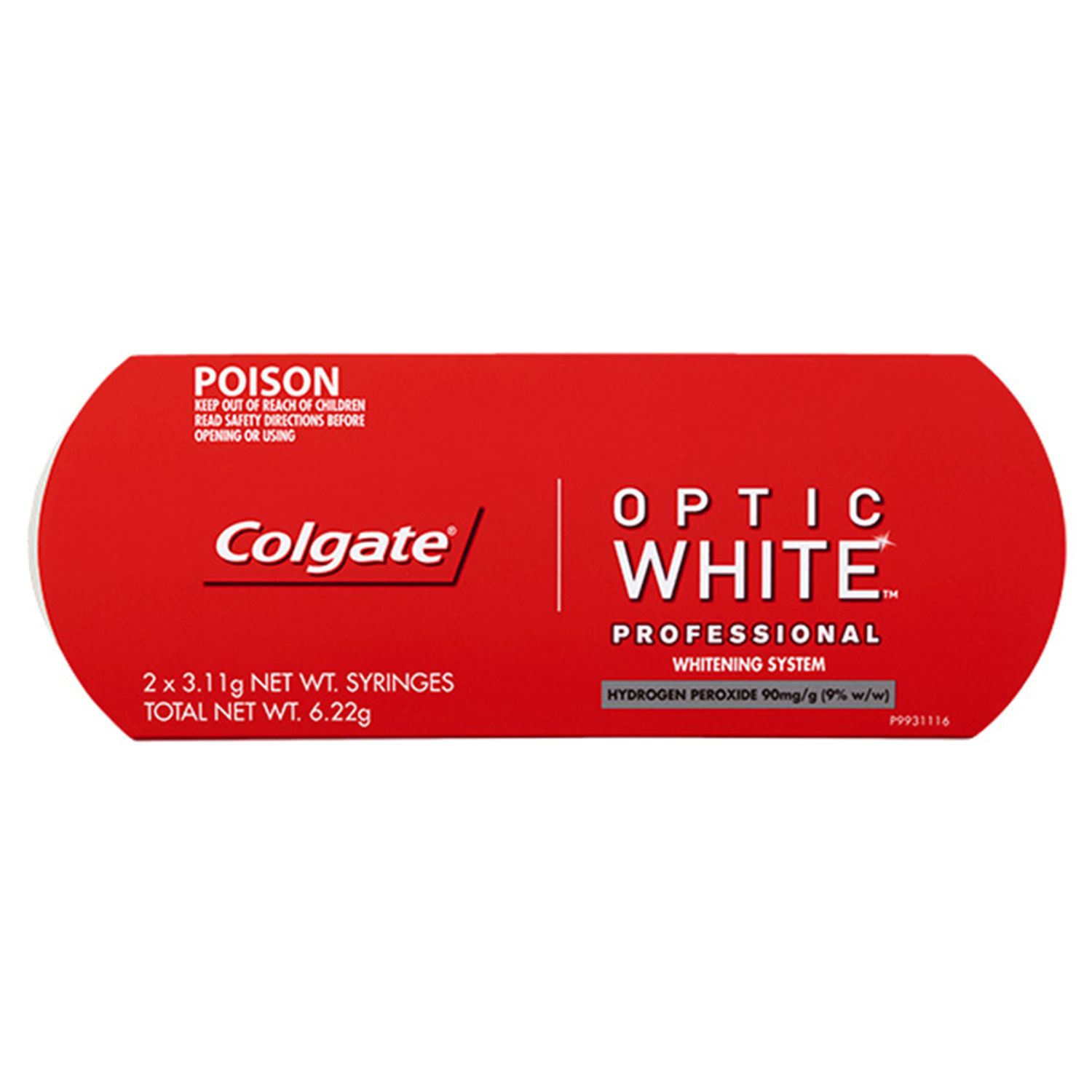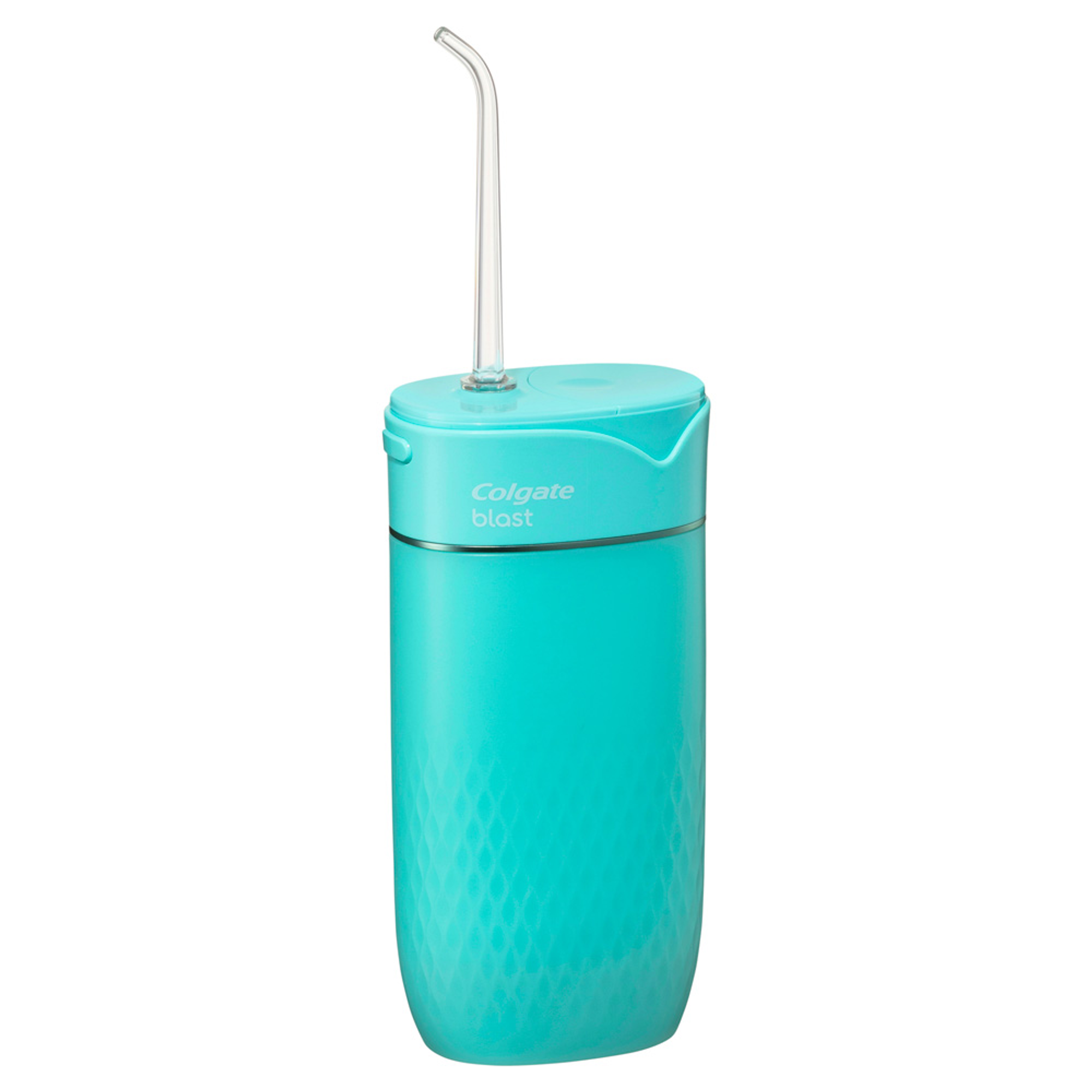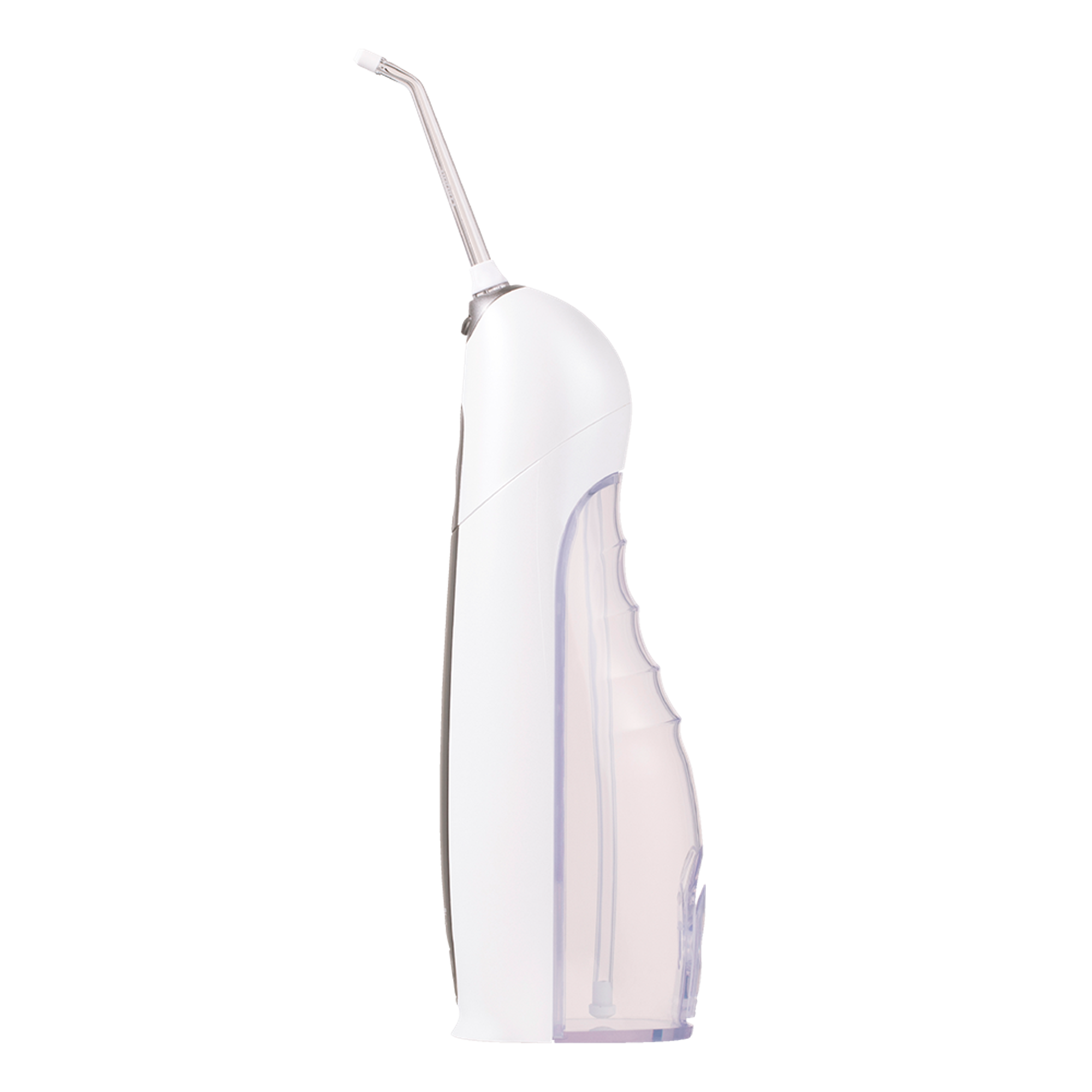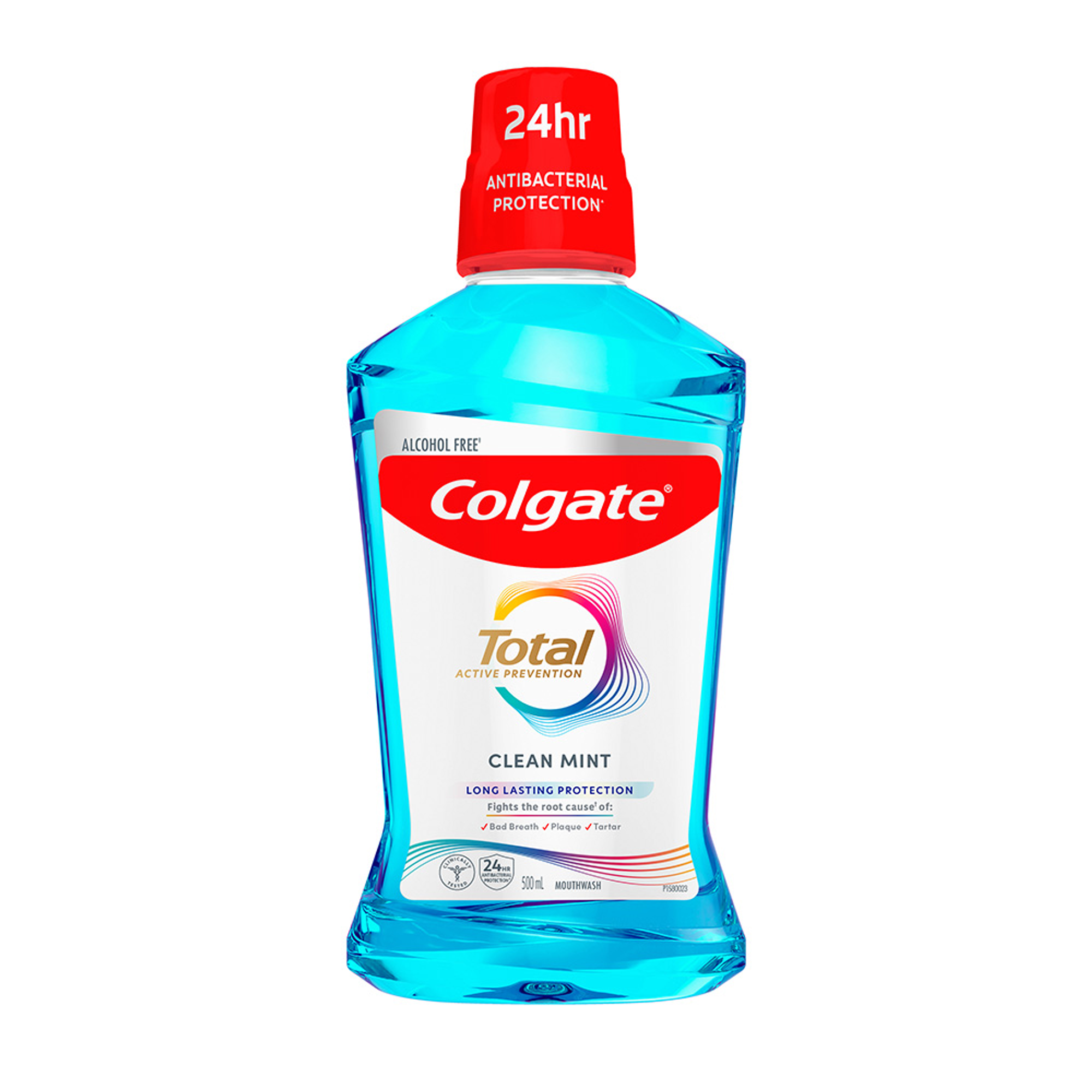
We have all encountered patients whose poor health literacy has been to the detriment of their oral health-related quality of life, with their caries experience, periodontal condition, and attitudes towards visiting the dentist being influenced by their lack of access to adequate health education in their formative years. Thus, as outlined in the Australian Dental Association’s 2017 Australian Dental Health Plan, there is a significant need for members of our profession to undertake educational campaigns to promote positive oral health messages in the wider community. Schools provide an effective platform for the delivery of such messages early in life, which may foster their life-long adoption of beneficial attitudes and lifestyle habits that will allow them to maintain optimal oral and general health.
The impetus to embed health education into the mainstream teaching is reflected in the Australian Curriculum, which encourages children to examine messages related to health decisions and to take steps to promote the health of themselves and others. There are also various other initiatives, such as Victoria’s Healthy Schools Achievement Program, that complement health-related learning objectives. However, the reinforcement of clear oral health messages is imperative to reduce the burden of disease. Given that our medical colleagues have long been undertaking health promotion activities through initiatives such as Dr YES and Teddybear Hospital, the Australian Dental Students’ Association identified the need to adopt a similar model.
Having developed pilot curricula targeted to early childhood and older primary students, our next step was to identify our target population. While widespread education is required to ensure that all Australians are encouraged to make evidence-based healthy lifestyle choices, we, as future health professionals, have the privilege and responsibility of working with vulnerable communities and we should therefore concentrate our efforts to those communities. It is well-established that lower socioeconomic status, regional/remote residency, and lack of access to water fluoridation can result in disparity in the caries risk among Australian children. The 2012-2014 National Child Oral Health Study determined that over 80% of the total dental disease in primary and permanent dentition occurred in 20% of 5-10 year-old children and 17% of 11-14 year-old children, respectively.1
We identified candidate schools in the Western Australian metropolitan area through the Index of Community Socio-Educational Advantage and began to pilot our programme, with the intention to eventually expand to regional and remote areas with higher caries risk to complement the oral health promotion undertaken by the School Dental Service, whose resources, understandably, are channelled predominantly into providing restorative and surgical services to manage untreated dental caries. As we expand our programme, our next target population will be the non-fluoridated communities in the South West of Western Australia, which were reported by the WA Department of Health to have higher caries experience than those in metropolitan communities in 2016, with 1.5 and 1.6 times the odds of having one or more decayed, missing or filled deciduous and permanent teeth, respectively.2 We also hope to expand our programme across the country to other vulnerable communities with the input of dedicated and passionate groups of dental students in each state.
Following whole-class discussions that we run as an introduction for each class of students, we have trialled a variety of pilot activities that range from heads and tails to dispel common dental myths, to plaque disclosing and using cabbage juice pH indicators and counting sugar by the teaspoon to raise concerns about popular drinks.
The children have been so inquisitive and engaged. Thanks to the efforts of their teachers and their parents, it has been clear in so many cases that the foundations are there, but we have endeavoured to fill inevitable gaps in their knowledge by emphasising the need for primary prevention and the important role that we play in supporting their health, rather than necessarily treating symptomatic disease. Whether our teaching and technical tips are reflected in longer-term oral hygiene practises remains to be seen, but, to date, we have been overwhelmed by the reception that our student volunteers have had from schools.
Yes, these sessions may come at the expense of an hour of maths or spelling in already busy curricula. However, we hope that reinforcing oral health messages will contribute to minimising disruption to children’s schooling and academic performance in the longer term through the avoidance of odontogenic pain that may otherwise compromise their school attendance and sleep.
Of course, our programme, like any public health initiative, will not be able to completely eliminate the influence of children’s home environments on their oral hygiene habits and lifestyle choices, but we hope that it’s a step in the right direction to creating sustainable intergenerational change.
1 Do LG, Spencer AJ, editors. Oral health of Australian children: The National Child Oral Health Study 2012–14. Adelaide: University of Adelaide Press, 2016.
2 Crouchley, K. & Trevithick, R. Dental Health Outcomes of children residing in fluoridated and non-fluoridated areas in Western Australia. Western Australia: Department of Health, 2016.
About the Author:
Emma Turner is a student of the Doctor of Dental Medicine Class of 2020 at the University of Western Australia and the 2019 President of the Australian Dental Students' Association. She is a Pierre Fauchard Academy Scholar and avid volunteer committed to reducing the burden of non-communicable disease in at-risk populations.
Join us
Get resources, products and helpful information to give your patients a healthier future.
Join us
Get resources, products and helpful information to give your patients a healthier future.











